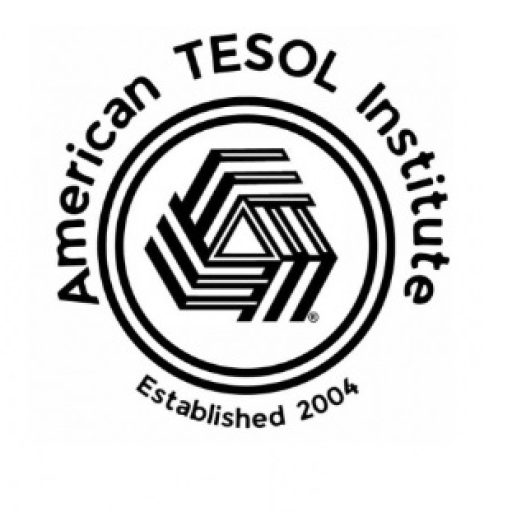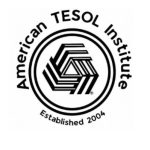The digital age is upon us, and it’s time to harness its power to invigorate and enhance English Language Teaching (ELT). Technology offers an array of tools and resources to engage students, cater to diverse learning styles, and make language learning more interactive and relevant.
Why Integrate Technology into ELT?
- Boost Engagement: Today’s learners are digital natives. Incorporating technology taps into their familiarity and enthusiasm for digital tools, fostering a more active and participatory learning environment.
- Cater to Diverse Learning Styles: Technology provides a multi-sensory experience, accommodating visual, auditory, and kinesthetic learners.
- Expand Resources: Beyond textbooks, technology opens up a world of authentic materials, interactive activities, and global connections.
- Personalize Learning: Many tech tools allow for differentiation and personalized learning pathways, tailoring instruction to individual student needs and abilities.
- Foster Collaboration and Communication: Online platforms and apps facilitate collaboration, peer feedback, and real-world communication, even across geographical boundaries.
Tech Tools to Jazz Up Your Classroom
- Interactive Whiteboards (IWBs): IWBs transform traditional chalkboards into dynamic learning hubs, enabling interactive presentations, games, quizzes, and real-time collaboration.
- Language Learning Apps: A plethora of apps like Duolingo, Babbel, and Memrise offer gamified language practice, vocabulary building, and grammar exercises in an engaging and accessible format.
- Video and Multimedia: Videos, animations, and songs provide authentic language input, enhance listening comprehension, and stimulate cultural understanding.
- Online Collaboration Tools: Platforms like Google Docs, Padlet, and Flipgrid facilitate collaborative writing, brainstorming, and project development.
- Virtual Reality (VR) and Augmented Reality (AR): These immersive technologies create virtual environments for language practice and cultural exploration, making learning more interactive and memorable.
Practical Tips for Implementation
- Start Small: Begin with incorporating one or two tech tools at a time to avoid feeling overwhelmed.
- Set Clear Goals: Define your learning objectives and select technology tools that align with those goals.
- Provide Training and Support: Ensure students have the necessary technical skills and provide ongoing support to address any challenges.
- Encourage Creativity: Use technology to spark creativity and encourage students to produce their own content in English.
- Balance with Traditional Methods: While technology is a valuable asset, don’t neglect the importance of traditional teaching methods like face-to-face interaction and hands-on activities.
Conclusion
Technology has the potential to transform the ELT classroom into a dynamic, engaging, and effective learning environment.
By embracing digital tools and platforms, teachers can cater to diverse learning styles, foster collaboration, and provide students with the skills they need to thrive in the 21st century. So, don’t be afraid to experiment, explore new possibilities, and jazz up your ELT classes with the power of technology


